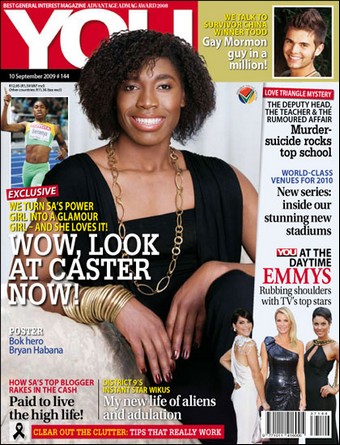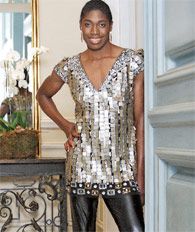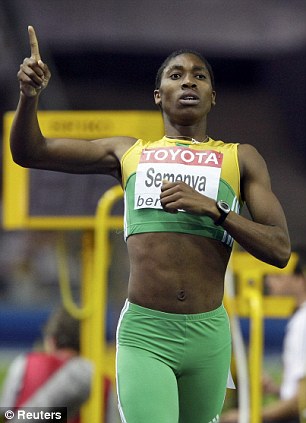Christina S. sent along a link to the British commercial below for Twingo. There’s a twist ending, so I’ll let you watch it:
Notice that, at the very end, the narrator refers to how “we live in modern times,” meaning that we drive socially responsible cars and tolerate cross-dressing.
The idea embedded in that commercial is: now that we’re “modern,” there is no more prejudice and intolerance. Or, “modern” people are tolerant of social differences. Things like bias, hate, and discrimination are “in the past,” confined to those who are “traditional” or otherwise somehow regressive.
This makes sense to us (and the commercial, therefore, works) because many of us have a model of history that assumes that everything will, inevitably, always get better… or at least not get worse. This is a linear model where the line for “progress” keeps going higher and higher over time. However things are today, we assume, things must have been worse before. Thinking like this makes invisible the possibility that people were more tolerant in the past as well as the possibility that we could become increasingly intolerant in the future. As I wrote in a previous post about cavemen:
There are serious problems with this idea: (a) We may stop working to make society better because we assume it will get better anyway (and certainly never get worse) with or without us. (b) Instead of thinking about what things like gender equality and subordination might look like, we just assume that equality is, well, what we have now and subordination is what they had then. This makes it less possible to fight against the subordination that exists now by making it difficult to recognize.
History doesn’t move along in a linear or predictable way. And it certainly doesn’t produce equality just by plodding along. We need to do the hard work of figuring out what an egalitarian society looks like and how to get there. Conflating “modernity” with social tolerance makes it seem as though the work is already finished.
UPDATE! Ashleigh V. sent in another Twingo commercial. This one conflates modernity with sexual permissiveness:
Lisa Wade, PhD is an Associate Professor at Tulane University. She is the author of American Hookup, a book about college sexual culture; a textbook about gender; and a forthcoming introductory text: Terrible Magnificent Sociology. You can follow her on Twitter and Instagram.








